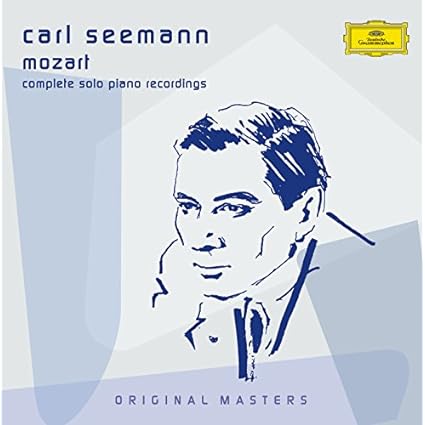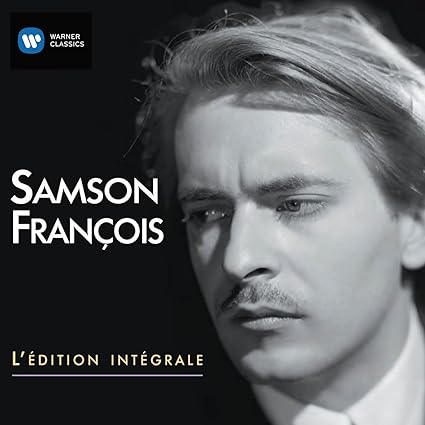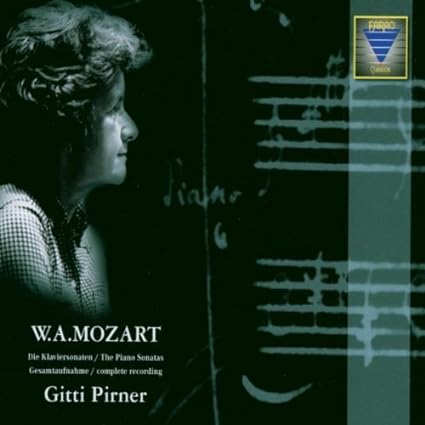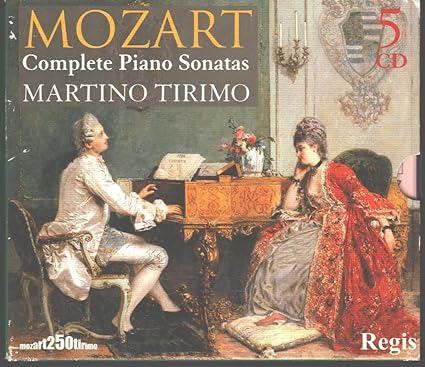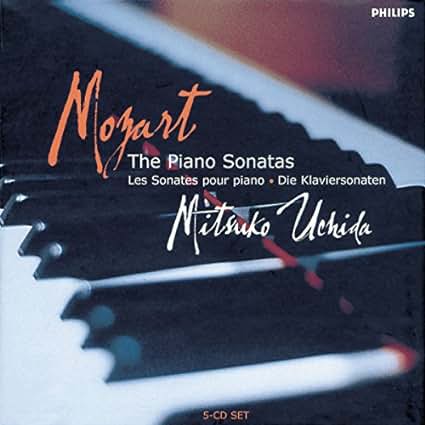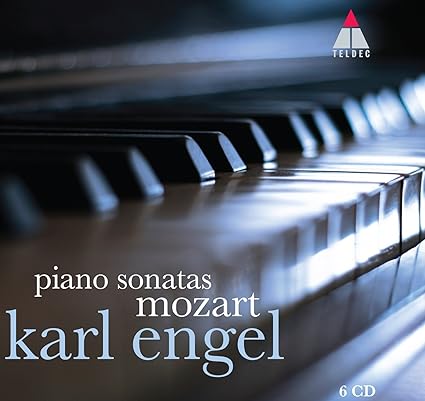Todd A
pfm Member

The last version of the Musica Callada I found, from an integral set recorded by two pianists in 1990. Antoni Besses, the younger of the two pianists, plays the music on the disc under consideration. The disc opens with Cants Magics, and Besses plays with a big, bass heavy sonority somewhat lacking in high frequency edge or sparkle. Part of the sonic signature could be due to streaming, but it's more likely the recording. Anyway, Mr Besses plays the opening work in a fluent style, and one where he also pedals and uses finger legato to create a dreamy, hazy sound at times, but he also plays incisively, though without hard edges, and with ample weight. To the main work. It's a speedy version at just under 61', and it is presented as a single, continuous track. (Also, whoever ripped the source disc for Amazon did not make a secure copy as digital noise is audible.) The work opens with a slightly faster than normal Angelico which nonetheless meets its designation nicely. As with other fast versions, pauses and sustains end up being less pronounced, with the tradeoff being that the music flows together piece to piece more steadily. That's not to say that the individual pieces lack character. The Afflito e penoso, if more direct and less expressive than other versions, offers a notable contrast to the preceding Placide. In the second book, Besses starts the Tranquillo-tres calme with swift and simultaneously urgent but soft-edged playing, while the loud playing is not especially loud. (This is definitely the recording since Albert Attenelle's recording, also streamed via Amazon, has a wider dynamic range.) The following Severo-serieux, while weighty, shows the potential limitation of a fast approach as it lacks impact. The third book often ends up displaying some more searching playing, but here it is a bit glossed over. Besses ends up saving his best playing for the final book, which, while still quick, is less austere than others, and more tense, and here the recorded sound seems to have more dynamic range. This is not a bad recording, but it's not up with the best. I should probably listen to the rest of the set, just to hear what else is there. Plus, there's the novelty of two pianists presenting the cycle.
This site contains affiliate links for which pink fish media may be compensated.









